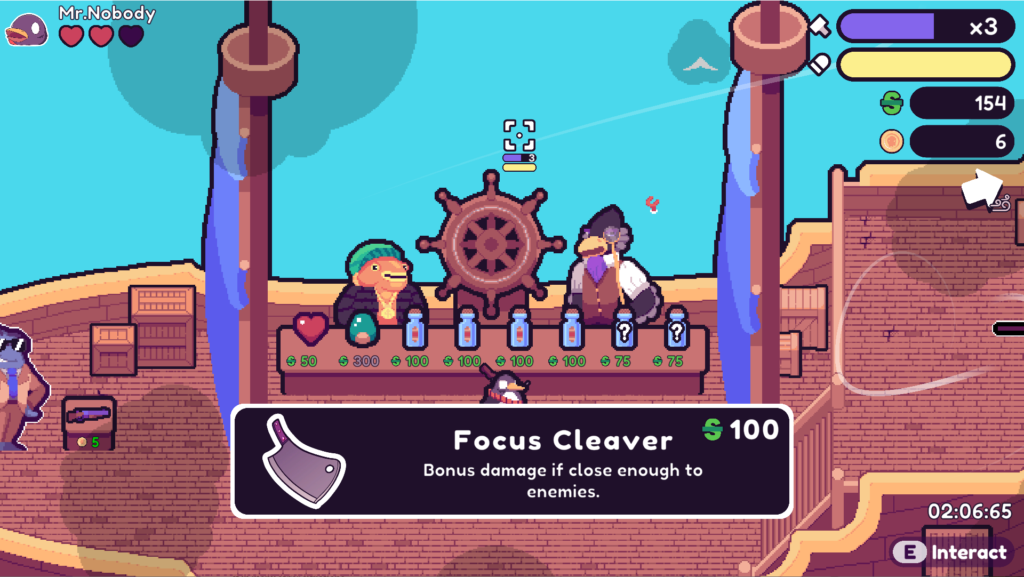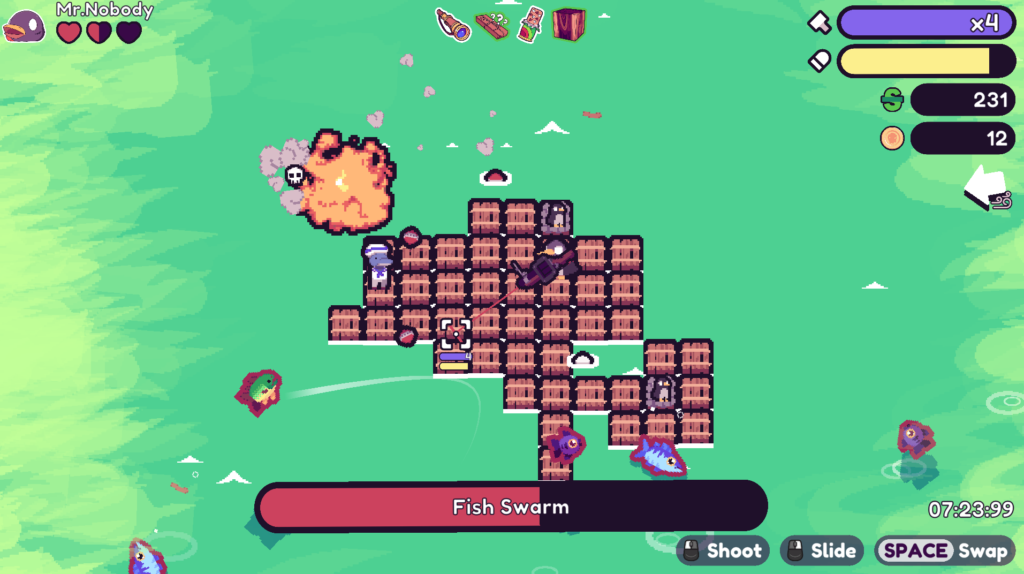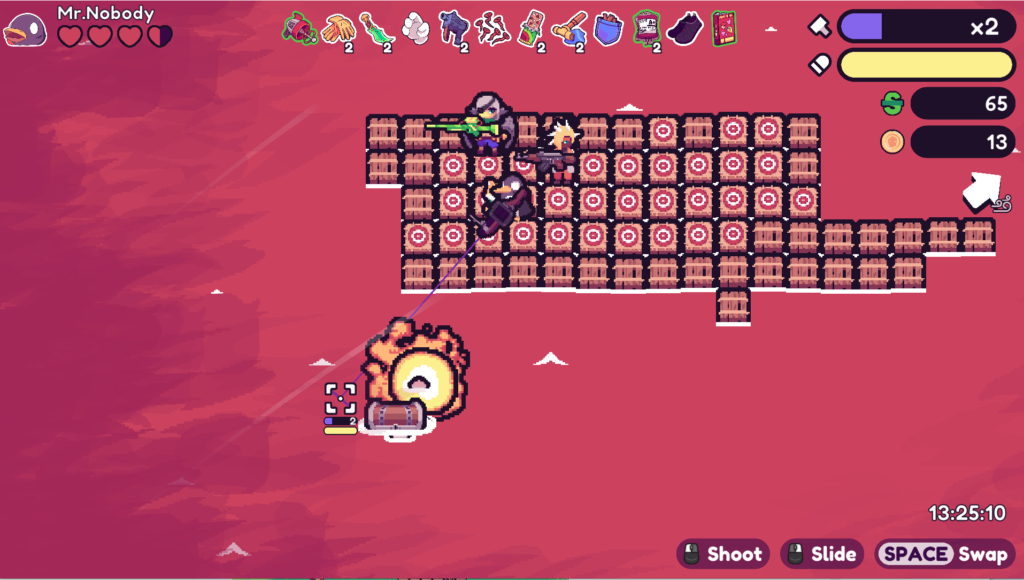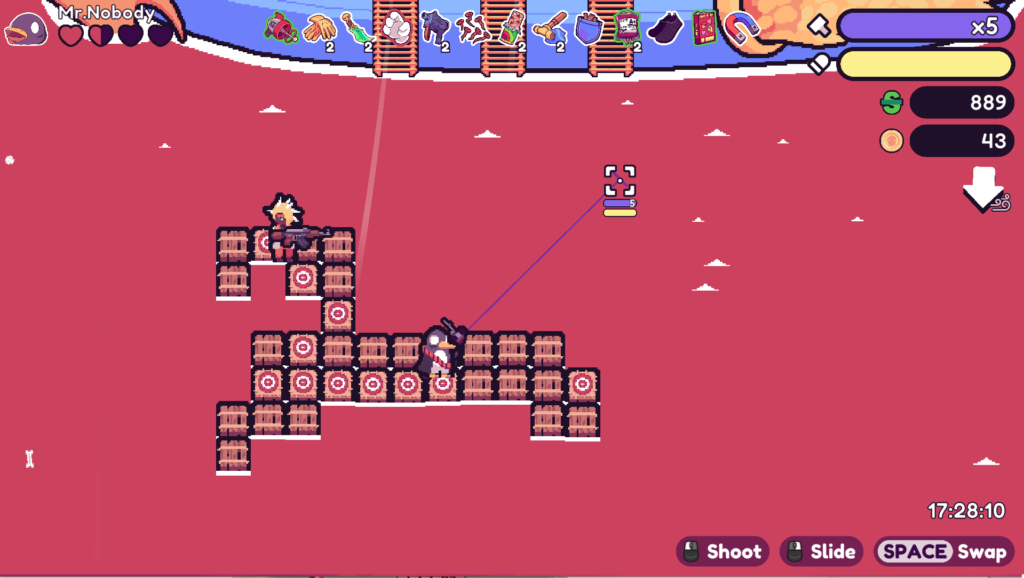It’s been a while since I covered an in-person event, hasn’t it? I think the last one was Granite Games Summit. I spent yesterday up in Manchester, New Hampshire at the Odd Tabletop Games New England event, hosted at the Boards and Brews game cafe.

As per my usual format for these sorts of things, I’ll be talking about what I played, and the event in general with a small amount of commentary not related to games at the end.
Author Note: I think my general enthusiasm for weirdness for is fairly well documented. For example, see this entire blog. That said, tabletop RPG’s are definitely my third category of focus when it comes to games, after video games and board games. So there may be some things here that I have different opinions on than most folks more in the scene.
Academy of Adolescent Monsters

Academy of Adolescent Monsters was the first game I played yesterday, and probably the most fun I had at the event. It’s a fairly rules-lite tabletop RPG with a simple premise and system for problem resolution. After creating the setting (the school), a starting situation, and the characters, the game starts.
Given how rules-lite the system is, it might just be faster for anyone interested to just go grab the rulebook and read through it. The general gist is that “problems” exist, and players state actions they wish to take to resolve the problems.
To solve problems, the player roles a D20, states what they want to do, and consults a sheet of outcomes. If the player used a positive trait, they can move around a personal bingo board grid and select a different value than the outcome they got. If they use a negative trait, they have to keep the outcome, but get to mark off an additional value.
The results of the lookup table range from solving the problem, to changing traits to positive traits, to just making things worse with various resolutions in between. Much of the fun from the game is the result of the players’ willingness to engage, really embroider the story, and buy into it being “The worst day of school ever.”
The designer, Daniel Jansen, ran the game for us and did a fantastic job keeping things smooth and on-tone. By the end of the school day, we had reconstructed a clock that changed time, convinced a car possessed by a hermit crab-entity to become the Driver Ed teacher, and stopped a camera that stole souls and teeth. In short, a great time.
I don’t think I have much valuable critique or issues with the game. During play, I incorrectly interpreted one part of the system involving changing dice rolls by consulting my bingo board, but it’s such a small confusion I’m not sure it matters.
A game like this feels like it works perfectly in a format like the event: as a one-shot with a bunch of players all willing to buy in and let everyone have their moment to shine, or embroider the fiction.
Overall, I had a fantastic time with this.
Side Note: There were definitely a few moments where I had to catch myself and step back a bit, because if given a chance to make up a monster, I really want to add all the details, instead of letting everyone else contribute. I tried to rein myself in.
Untitled DB Cooper Game
The second game I played was “Untitled DB Cooper Game” by Dr. Mary Flanagan and Max Seidman of Tiltfactor. I suggested the name “Cooped Up” and was told that no one likes puns, so sadly, I’m going to just have to refer to this as ‘Untitled’ for the rest of the writeup.
Untitled is a multiplayer story-telling and hidden details game. One player is the storyteller, one players is the accomplice, and the other players are the interviewer and FBI. The storyteller and the accomplice have agreed on a secret signal: an item in the room where the game is being played. There are also several location cards, and the storyteller tries to weave in details that will point the accomplice toward the correct location. The game is played over several rounds with the signal object staying the same, but the stories changing.
In short, the storyteller tries to secretly hint at a location with using a prearranged signal among the details of their story, while the FBI and Interviwer try to figure out the secret item.
It’s fun, if a bit challenging as the storyteller has a limited amount of time to talk. I got a few critical things wrong that led to me giving up the game a bit too early when I played as storyteller.
We Have Always Lived Here
The last game I played was Glen Given’s “We have always lived here.” It’s a solo journaling game about creating a haunted house.
It did not resonate positively with me.
One of the reasons may be that I’m not big on journaling. Another could be that as someone who isn’t an inherently positive person, I put a lot of effort into trying to maintain a positive mental attitude. As such, if you ask me to pick a sad, lonesome, or haunting song, there is part of me that stands up and suggests that the most appropriate choice is obviously “Macarena,” as a sort of self defense mechanism.
There are many design choices here that I find somewhat aggravating, but are also likely intended to aggravate. The game requires a high number of components and items to complete it, including dice, coins, a deck of cards, song, etc. The system for selecting items from lists feels deliberately cumbersome, involving counting down lists over and over and over, until only one choice is left.
There’s probably a longer discussion on art, catharsis, negative emotions, creation, ritual, and subjective experience. I’ll let someone else smarter than me write it.
Other Things That Happened
I chatted with Carly Dwyer, the founder of Intramersive Media, about some of their projects, including one named “Magical Help Desk” which I found particularly interesting, and really want to try. I also talked to Dr. Loretta Brady of Saint Anselm College about some of the work that she and her lab have done around games.
I also spent most of lunch talking about parasitic wasps, breaking teeth, and still finished my sandwich. I don’t have a link for that last one.
Overall, good times.






